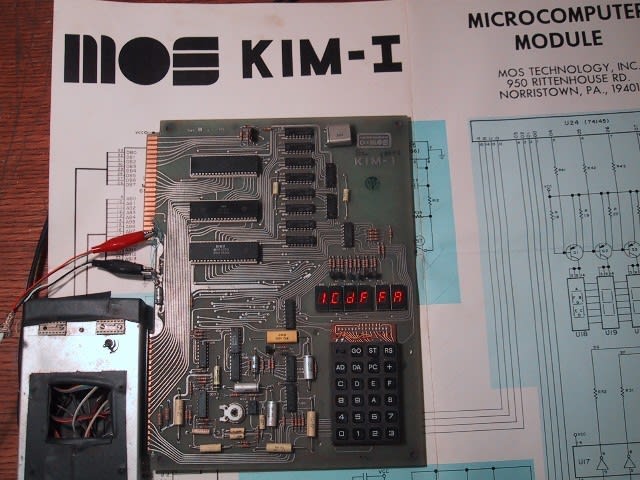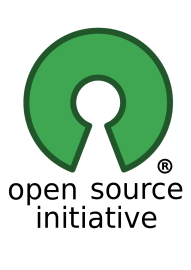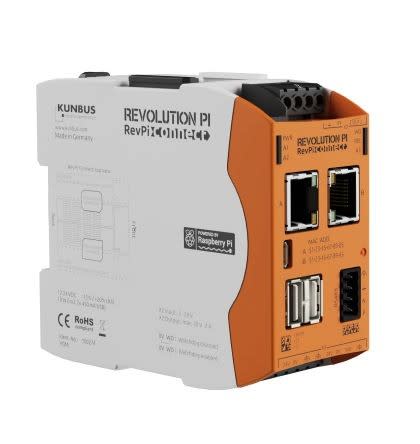Classical Automation enters Alien World of IT: Part 4
Follow articleHow do you feel about this article? Help us to provide better content for you.
Thank you! Your feedback has been received.
There was a problem submitting your feedback, please try again later.
What do you think of this article?
First of all, let me explain the world I’m mentally in at home. In my introduction to part one, I’ve talked about my history: When I was a boy, I used to play around with electronics. At the age of sixteen, I started to get into microprocessor technology. My first program was a moon landing simulation on a KIM (Motorola 6500) with a hex keyboard and a six-digit seven-segment display (two digits for content and four digits for address). I needed to key in nearly the complete 1 KB machine language program – address for address – using the hex keyboard. In these times, when IT entered private homes, it was essential for the community of “hobbyists” to share their experience and understanding. Not being blessed with the internet and Google, we all had to read magazines or meet at “computer clubs” to gain knowledge.
Many of these “early birds” cultivated this attitude of sharing and their successors went on doing so, although some (like Steve Jobs) went a different way. The results of this IT generation are outstanding and highly popular open source software products and hardware platforms: Linux, Ubuntu, Arduino, Open Office, VLC Media Player, Mozilla Firefox, Perl, Apache HTTP Server. In 1998, Raymond, Perens and O’Reilly (who owned a publishing company) founded the Open Source Initiative (OSI) and established license models for legally using this kind of software. These were the times when major companies like IBM and HP recognised the potential of the open source mentality. You might think open source is all about a generous position. But there can be many more reasons, even financial motivation, to use open source: Rapid conquering of a market against strong competitors, using the “Swarm Intelligence” of a worldwide community or managing the workload of a project which could never be financed by a small company.
Modern IT would not be possible without open source and community-based projects. Even in highly sensible fields like security technology, open source is the favourite model. This is because the worldwide community can rapidly find any system vulnerability and is an excellent control organ to prevent secret hidden back doors, etc.
When I first came in contact with the automation industry (and automotive was even worse), I radically had to change my attitude from sharing to hiding. Very well paid engineers develop highly sophisticated machines over several years, using costly software tools. Once such a device is running smoothly, it gets only sold several hundred or thousand (very rarely million) times, and it will often cost a fortune. Typically the sold products will run for decades. Copying such a genius machine does save you all these investments, and therefore, producers do well protect their intellectual property. Sometimes this can be done by patents (which is rarely possible with IT products) and sometimes it is done by trying to hide significant secrets. R&D departments are isolated from the rest of the world and sharing knowledge over the internet is not only unwanted but strictly forbidden.
I’m convinced that there could be a different way of thinking in the automation industry too. E.g. take the 3D printing technology which would never have been developed so rapidly without a sharing community. Imagine if the automation industry or even the automotive industry would change their attitude: When millions of worldwide community members share their experience and knowledge, this could be a booster for innovation.
I tried to do my small part of this conversion when I felt the time was ripe for a revolution: The Revolution Pi, which is an industrial open source project I started as a developer at KUNBUS. We wanted to create a reliable and robust Raspberry Pi version for the automation industry, offering all the 24 V and 4 to 20 mA interfaces and following the norms which are standard in this industry. I could convince the management to frankly share all source code and circuit drawings of the main PCBs. The project is so far a huge success. I could make the experience that many young engineers have waited eagerly to leave the closed and self-contained worlds of the big brands and to get the freedom to realise their visions in a world-wide community. But I also realised the “clash of cultures” while talking to traditional-minded managers who think that the only way to make money is to protect your intellectual property.
Especially in the IIoT market, these two mentalities often need to melt together. Without open source, it is nearly impossible to get data into the cloud and to use that data with web-based tools. I personally do cultivate a network of colleagues who have a similar mind of sharing. I’m convinced that I can only realise visions by global cooperation. When it comes to earning money there will always be enough cake to feed all of us: IoT is the biggest market you can think of, and there are so many fields and corners on the market that we will all be able to find our way to generate income from what we develop. This market is also a very rapid developing market, and even (or especially) the biggest company will be too slow for it to react and come up with relevant products in time. From my point of view and experience cooperation is the only way to be part of this multi-billion market.
I do love DesignSpark because it is based on a community spirit. I would love to discuss my thoughts with you, so let us know your thoughts! Let me finish this series of article with the motto I created for Revolution Pi and which is my personal maxim:
Don’t just claim it – make it!






